Aggie Sangotra becomes Agamjot Kaur Sangotra, PhD
By Lynn McCain | July 23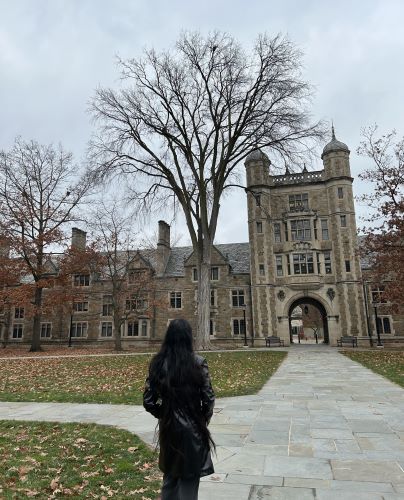 A career in science was not even on the radar when Agamjot Sangotra, PhD, was in high school. English and history were more up her alley, and high school AP biology was not a fun experience. When Sangotra graduated from her New Jersey high school, she attended Rutgers and was unsure of her career path. “I took psychology and biology at the same time. I found the molecular workings of a cell to be fascinating, much more so than psychology. That was one of the first moments where I could see myself in a science career.” She joined a research laboratory and developed a passion for research. “I also volunteered at a hospital for some time, but did not develop the same sort of passion. I much preferred to be working in the lab than in a stressful hospital environment.”
A career in science was not even on the radar when Agamjot Sangotra, PhD, was in high school. English and history were more up her alley, and high school AP biology was not a fun experience. When Sangotra graduated from her New Jersey high school, she attended Rutgers and was unsure of her career path. “I took psychology and biology at the same time. I found the molecular workings of a cell to be fascinating, much more so than psychology. That was one of the first moments where I could see myself in a science career.” She joined a research laboratory and developed a passion for research. “I also volunteered at a hospital for some time, but did not develop the same sort of passion. I much preferred to be working in the lab than in a stressful hospital environment.”
As she prepared to graduate from Rutgers, this New Jersey girl, who had never lived anywhere else, began applying to graduate schools along the East Coast. However, her research mentor was an alum of the University of Michigan. “I learned that the research at Michigan is outstanding and that it is a great school, located in a safe environment, that could provide me with many opportunities, so I applied to Michigan as well.” When she came to Michigan for her interview weekend, “the overall environment seemed really good. The people were not fake; they were genuinely very nice people.” The Molecular and Cellular Pathology graduate program was also of great interest to her. “I wanted to be part of helping patients, and the translational science of the MCP program was very appealing. It also offered a T32 training grant, which allowed for dual mentorship in research and clinical care, as well as shadowing physicians as they work with patients. I found the MCP’s focus on the molecular basis of disease appealing.”
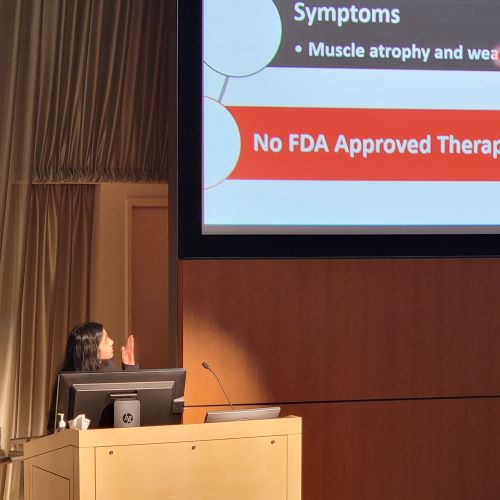 Sangotra joined the Andrew Lieberman, MD, PhD, laboratory, which focuses on neurodegenerative disorders. “My main research project looked at a neuromuscular degenerative disorder called Spinal and Bulbar Muscular Atrophy (SBMA), or Kennedy’s disease. It is in the same family of diseases as Huntingtons, which is probably more well known.” SBMA is caused by a mutation in the androgen receptor gene, leading to the protein misfolding and causing a plethora of downstream effects. Currently, there are no FDA-approved therapies for SBMA; however, an orally bioavailable class of small molecule compounds has begun reaching clinical trials to treat prostate cancer through proteasomal degradation of the androgen receptor protein. This became the focus of Sangotra’s thesis research, “Novel Therapeutic Strategies to Target the Polyglutamine Androgen Receptor in Spinal and Bulbar Muscular Atrophy”. Sangotra tested this small-molecule compound using patient-derived pluripotent stem cells that were differentiated into either motor neurons or skeletal muscle cells. “We treated both of these cell types with the drug, and it degraded the mutated androgen receptor in both types, which was quite exciting to find.” These studies were done with cells grown in media, so she moved next to trying the drug in mouse models of the disease. “I did a very short study on that, only 6 hours. But we were able to see that the compound engaged the target protein that was mutated.” She also found in her studies that 24 hours of treatment began to reverse the expression of the aberrant gene expression caused by the toxic gain of function of the mutated protein in the induced skeletal muscle. A limitation of her work is that they did not have an isogenic control early on. “We were able to get another cell line from another group that had an embryonic cell model where the mutation was removed using CRISPR, creating an isogenic control.” This came late in her project, but she is excited that future studies will have these cells to continue her work. Much more testing needs to be done with the small molecule compound before it is ready for clinical trials. However, Sangotra’s results are an exciting step in the process of finding a treatment for SBMA.
Sangotra joined the Andrew Lieberman, MD, PhD, laboratory, which focuses on neurodegenerative disorders. “My main research project looked at a neuromuscular degenerative disorder called Spinal and Bulbar Muscular Atrophy (SBMA), or Kennedy’s disease. It is in the same family of diseases as Huntingtons, which is probably more well known.” SBMA is caused by a mutation in the androgen receptor gene, leading to the protein misfolding and causing a plethora of downstream effects. Currently, there are no FDA-approved therapies for SBMA; however, an orally bioavailable class of small molecule compounds has begun reaching clinical trials to treat prostate cancer through proteasomal degradation of the androgen receptor protein. This became the focus of Sangotra’s thesis research, “Novel Therapeutic Strategies to Target the Polyglutamine Androgen Receptor in Spinal and Bulbar Muscular Atrophy”. Sangotra tested this small-molecule compound using patient-derived pluripotent stem cells that were differentiated into either motor neurons or skeletal muscle cells. “We treated both of these cell types with the drug, and it degraded the mutated androgen receptor in both types, which was quite exciting to find.” These studies were done with cells grown in media, so she moved next to trying the drug in mouse models of the disease. “I did a very short study on that, only 6 hours. But we were able to see that the compound engaged the target protein that was mutated.” She also found in her studies that 24 hours of treatment began to reverse the expression of the aberrant gene expression caused by the toxic gain of function of the mutated protein in the induced skeletal muscle. A limitation of her work is that they did not have an isogenic control early on. “We were able to get another cell line from another group that had an embryonic cell model where the mutation was removed using CRISPR, creating an isogenic control.” This came late in her project, but she is excited that future studies will have these cells to continue her work. Much more testing needs to be done with the small molecule compound before it is ready for clinical trials. However, Sangotra’s results are an exciting step in the process of finding a treatment for SBMA.
One of the highlights of her time at Michigan was attending the Kennedy’s Disease Association Conference. “I appreciated the chance to meet patients who had the disease I was working on. For me, presenting my research meant a great deal. Patients and their families came up to me to thank me for the research I am conducting. That was so meaningful and important to hear, because sometimes, we get lost in the science and the cells. It was such a good reminder that what we are doing is helping real people.”
Sangotra’s cohort was the one that came into the program just before COVID. “For my first year, the MCP students would get together at the Munger Graduate Residences where there was a big projector screen. We would play video games on the big screen, hang out, and do our homework together. Once COVID hit, we couldn’t get together anymore, but it was such a great memory!” Her time spent with other graduate students is among her favorite memories. “There is a student who was in his fifth year when I joined. He stayed on to complete his postdoctoral work, and he is in the lab next to mine. He has been this constant presence, a mentor for me, as I went through my program.”
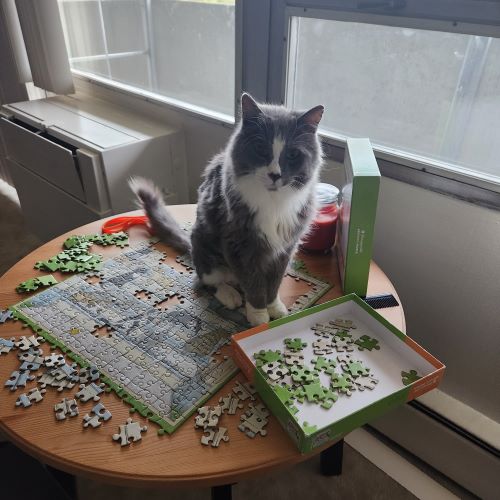 Now that she has graduated, Sangotra is looking forward to spending some time with her family while she looks for a job. “I want to move into a career that is a little more on the clinical side, where I can be more present than I was in academia. I want to stay in neurodegeneration, so I will be taking time to find the right fit while I enjoy my family.” She is also planning to continue her training in Tae Kwon Do, which she began in graduate school. “I have a black belt in Karate, but am just one step below black belt in Tae Kwon Do. I need to take some time to prepare before I test for my black belt.” She also will enjoy hanging out with her senior cat. “I adopted him a couple of years ago when he was 15 years old, so he is almost 17 now. His favorite activities are being petted and napping.”
Now that she has graduated, Sangotra is looking forward to spending some time with her family while she looks for a job. “I want to move into a career that is a little more on the clinical side, where I can be more present than I was in academia. I want to stay in neurodegeneration, so I will be taking time to find the right fit while I enjoy my family.” She is also planning to continue her training in Tae Kwon Do, which she began in graduate school. “I have a black belt in Karate, but am just one step below black belt in Tae Kwon Do. I need to take some time to prepare before I test for my black belt.” She also will enjoy hanging out with her senior cat. “I adopted him a couple of years ago when he was 15 years old, so he is almost 17 now. His favorite activities are being petted and napping.”
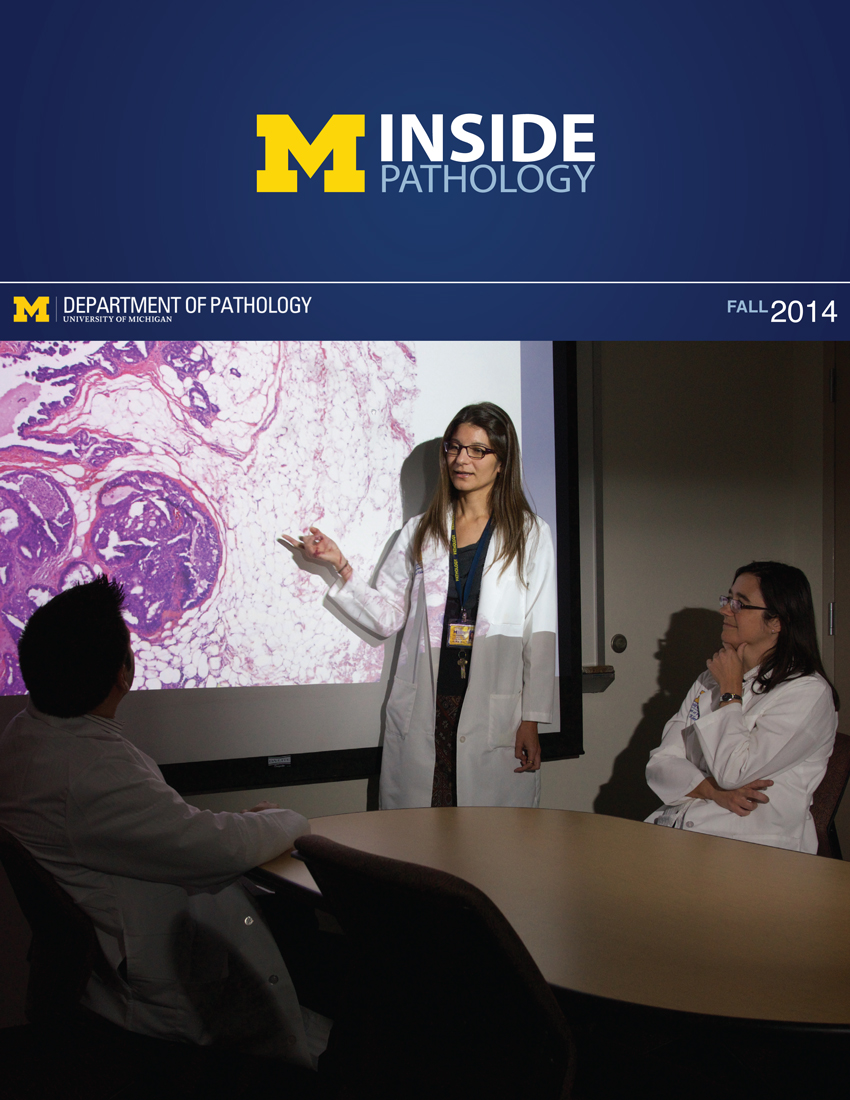 ON THE COVER
ON THE COVER
 ON THE COVER
ON THE COVER
 ON THE COVER
ON THE COVER
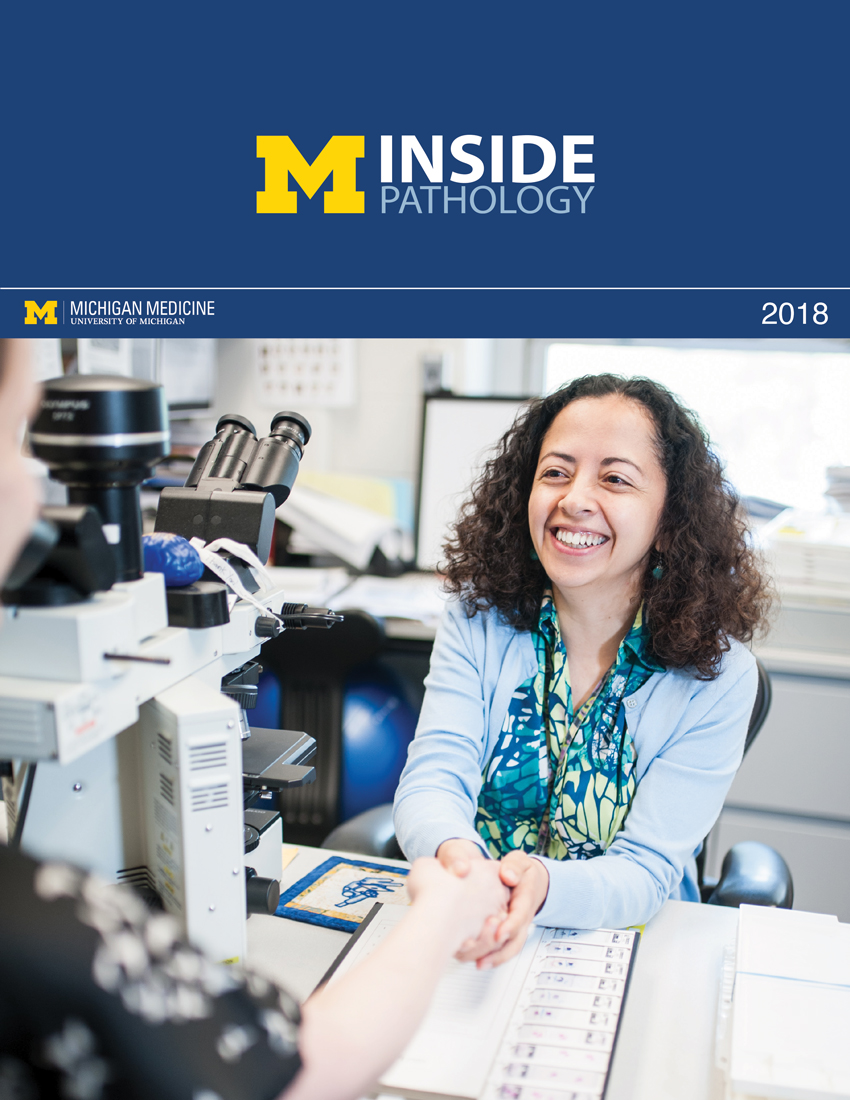 ON THE COVER
ON THE COVER
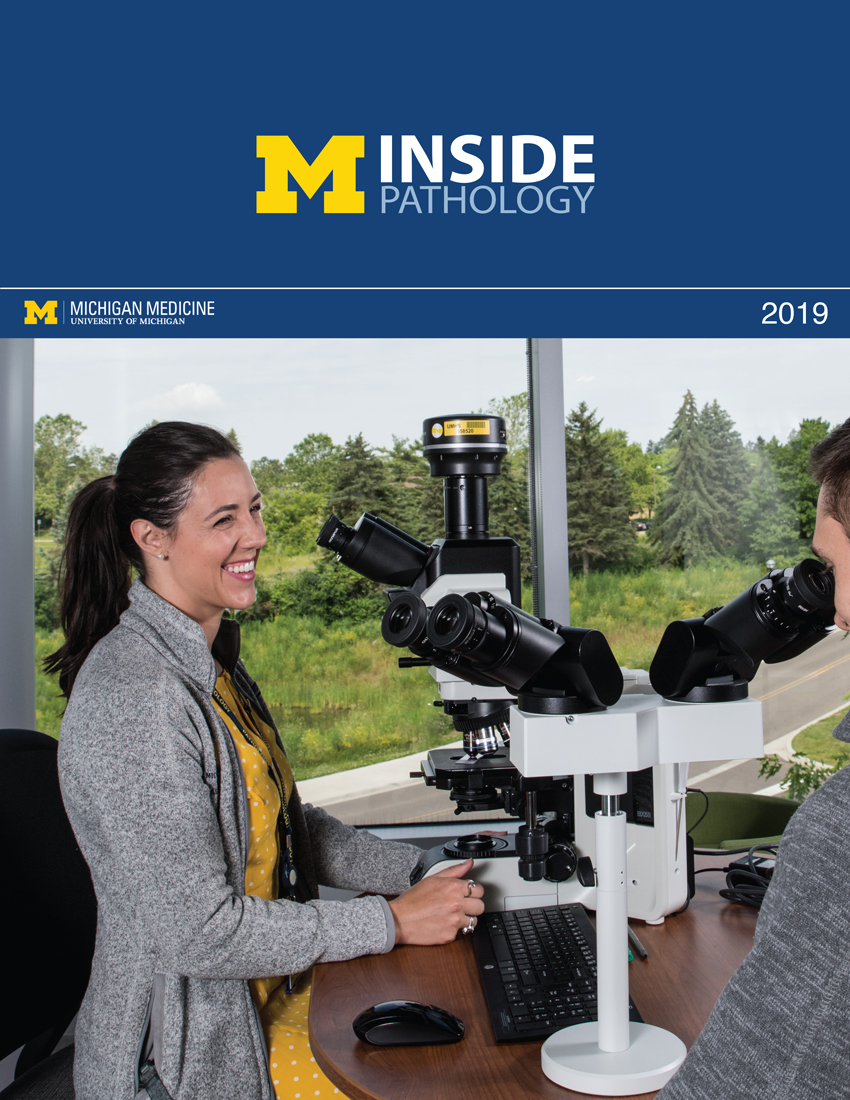 ON THE COVER
ON THE COVER
 ON THE COVER
ON THE COVER
 ON THE COVER
ON THE COVER
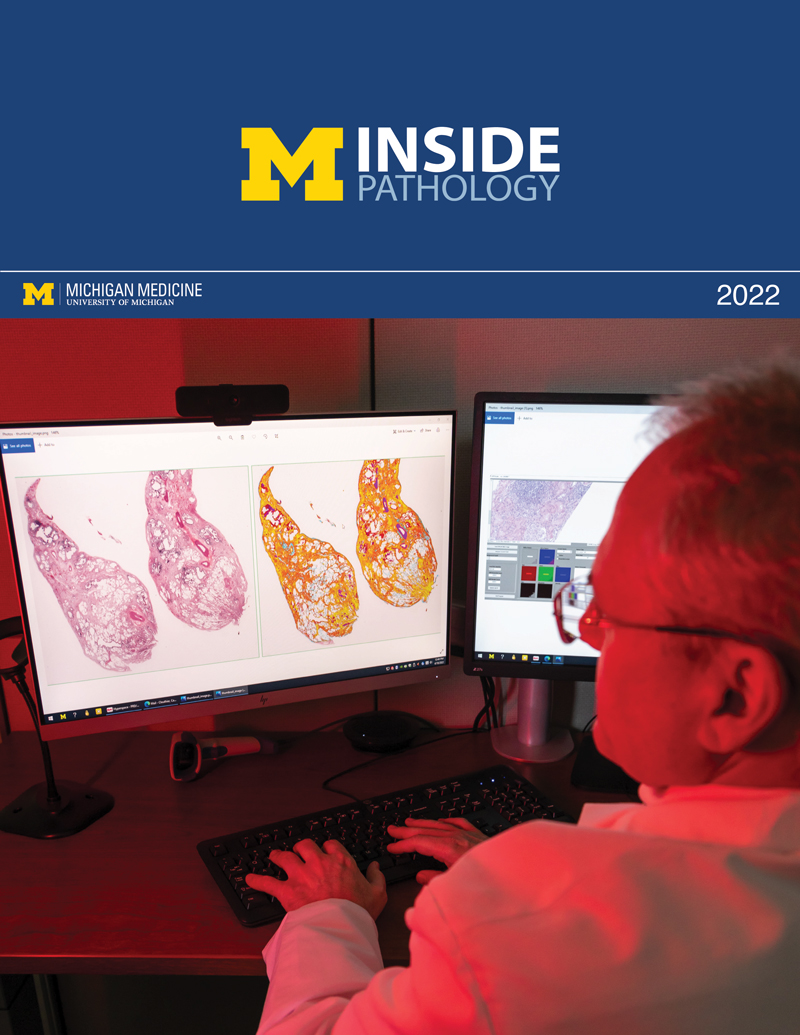 ON THE COVER
ON THE COVER
 ON THE COVER
ON THE COVER
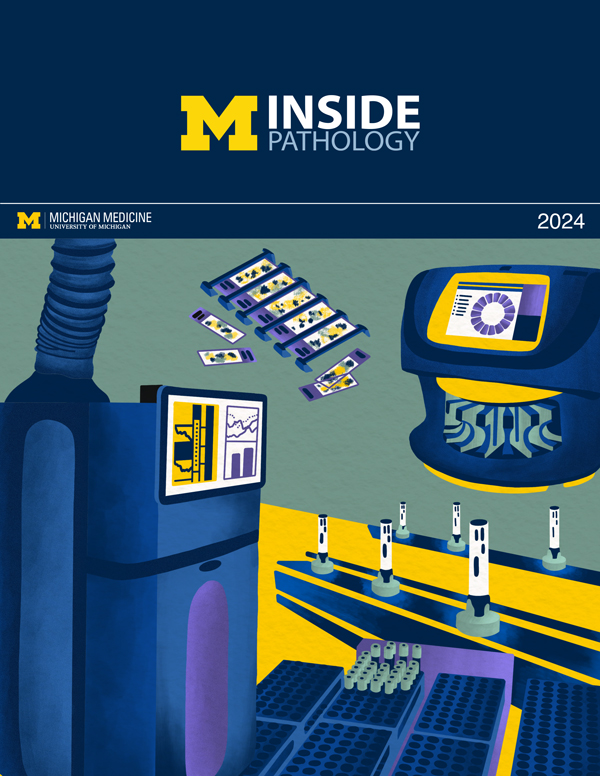 ON THE COVER
ON THE COVER
 ON THE COVER
ON THE COVER
